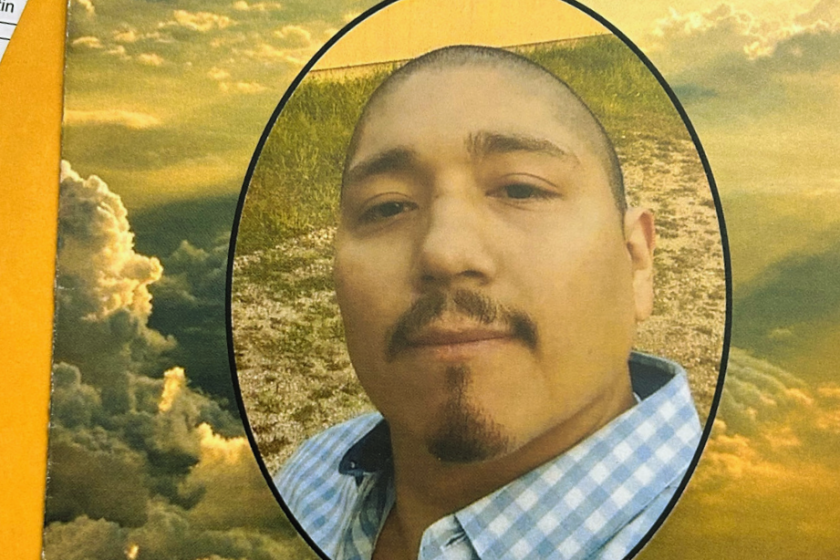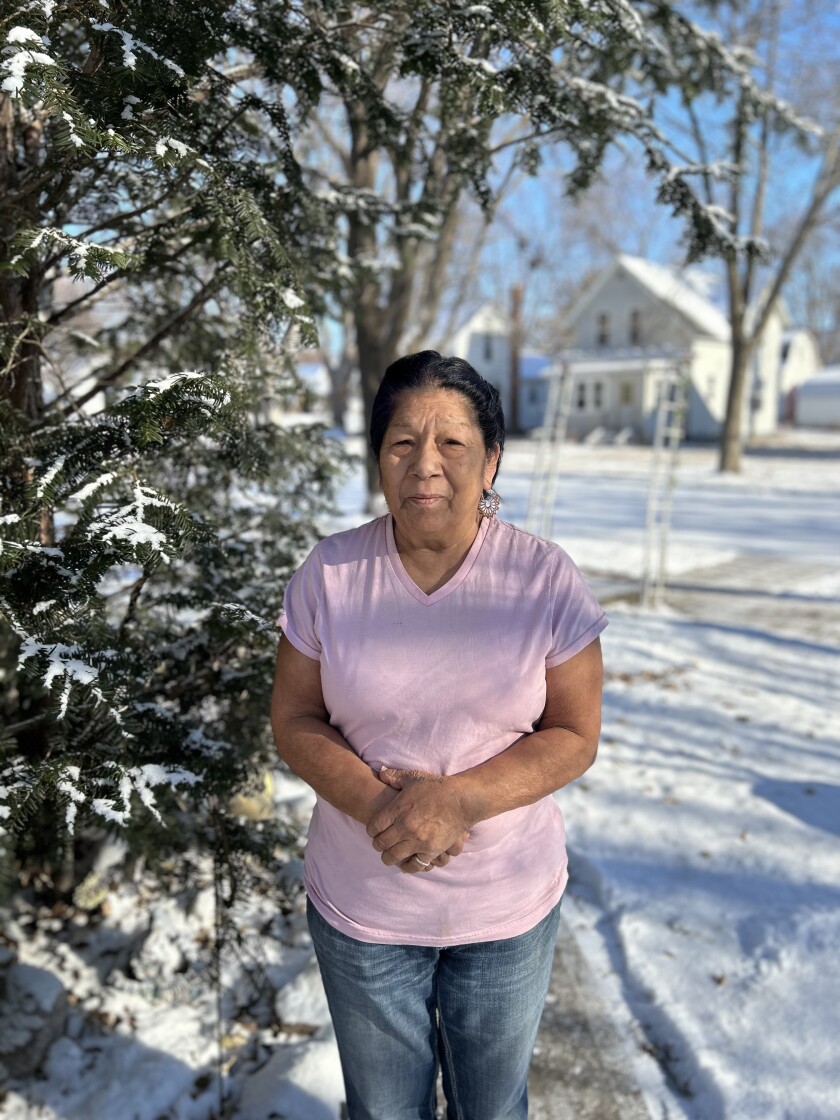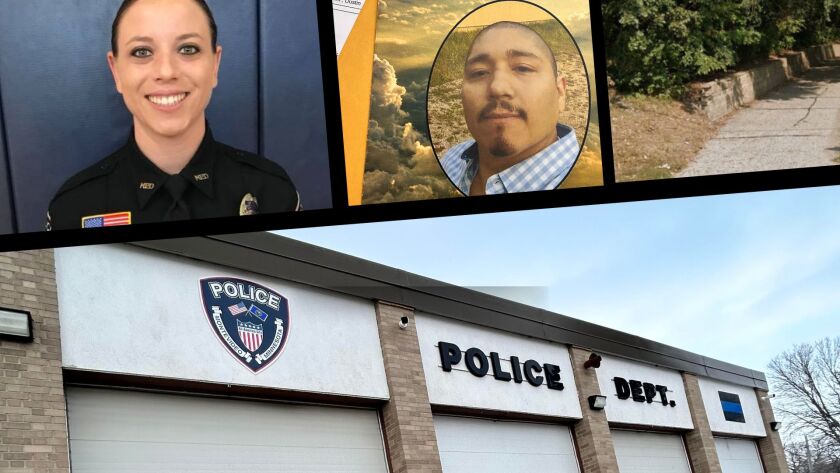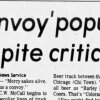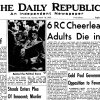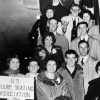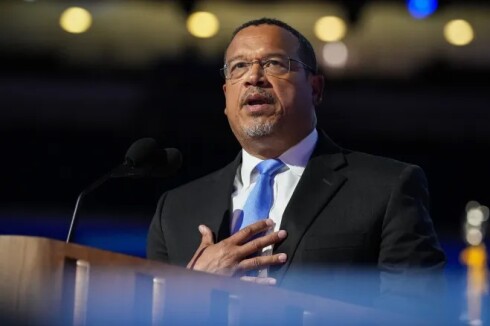Editor’s note: This is Part 4 of an ongoing series about death of 36-year-old Refugio Rodriguez. To read Part 1, go here. To read Part 2, go here. To read Part 3, go here.
MONTEVIDEO, Minn. — Expert insight into the death investigation of Refugio Rodriguez reveals critical errors in police procedure that compromised key evidence collected from the crime scene and failed to document critical details related to the hose found around Rodriguez’s neck.
ADVERTISEMENT
The review by a retired crime scene investigator comes as police in Montevideo, Minnesota, have referred the Rodriguez case to the Minnesota Bureau of Criminal Apprehension after a series of Forum News Service investigations revealed oversights and questionable decisions in the original police investigation.
Rodriguez was found dead in Chinhinta Park in Montevideo, Minnesota, on Sept. 20, 2020. The initial incident report indicated Rodriguez was found hanging from a tree by a passerby. He was, in fact, found on his knees, with a hose, attached to a tree, wrapped around his neck. Montevideo police later ruled the death a suicide and closed the case .
The review by a retired crime scene investigator comes as police in Montevideo, Minnesota, have referred the Rodriguez case to the Minnesota Bureau of Criminal Apprehension after a series of Forum News Service investigations revealed oversights and questionable decisions in the original police investigation.
Rodriguez was found dead in Chinhinta Park in Montevideo, Minnesota, on Sept. 20, 2020. The initial incident report indicated Rodriguez was found hanging from a tree by a passerby. He was, in fact, found on his knees, with a hose, attached to a tree, wrapped around his neck. Montevideo police later ruled the death a suicide and closed the case .
Sal Rastrelli, a retired crime scene investigator with more than 30 years of experience, specializes in cases involving suicides and homicides. He was provided with investigative documents obtained by Forum News Service related to the death of Rodriguez, including the police report, medical examiner’s report and crime scene images.
Full story, written by Trisha Taurinskas, can be found here. https://www.inforum.com/news/the-vault/national-expert-weighs-in-on-refugio-rodriguezs-death-investigation-as-new-image-of-body-surfaces
In this episode, we examine the role of the medical examiner in suspicious death cases. Can a medical examiner determine whether a death was a suicide? The answer is complex.
Sal Rastrelli, a retired crime scene investigator with more than 30 years of experience, specializes in cases involving suicides and homicides. He was provided with investigative documents obtained by Forum News Service related to the death of Rodriguez, including the police report, medical examiner’s report and crime scene images.
Rastrelli was also provided with an image exclusively obtained by Forum News Service of Rodriguez’s body before police arrived, taken by an anonymous passerby. The image, taken at a distance, shows Rodriguez slouched, on his knees, on a retaining wall along the walking path.
Forum News Service will not be publishing that image due to the graphic nature of the photograph, and at the request of Rodriguez’s family members.
The Montevideo Police Department declined to provide images of the body, citing the offensive nature of the images.
“This particular case has many problems associated with it, and without having the opportunity to see all of the scene photos and conduct proper interviews, I can say the death could be a homicide,” Rastrelli told Forum News Service.
ADVERTISEMENT
Law enforcement failed to perform basic policing protocol, starting from the very beginning. Police did not call an outside agency — like the Bureau of Criminal Apprehension — right away, before damaging evidence at the crime scene.
Responding officers did not document the height at which the hose was wrapped around the tree. Investigators did not attempt to locate the home from which the hose was taken. The hose was not tested for DNA. Hair and fiber was not collected from Rodriguez’s clothing, and there was no mention in the police report regarding footwear impressions around the body, among other concerns Rastrelli noted.
“In this particular case, apparently they don't have a crime scene unit. So what they should have a protocol for, especially in a serious case like this one, a very suspicious death, is to call the local larger agency that has a crime scene unit and ask for assistance,” Rastrelli said.
The Montevideo Police Department announced earlier this week it had requested the BCA review the case, more than two years after Rodriguez’s death. A representative from the BCA told Forum News Service the agency is in the very early stages of the investigation.
Forum News Service had communicated with Montevideo Police Department Chief Ken Shule to arrange an upcoming interview based on Rastrelli's critiques. After initially indicating he was prepared to answer questions, Shule later replied with an email detailing his police department's decision to refer the case to the Minnesota BCA. "Here is my response at this time," Shule wrote.
Expert: Errors mounted in investigation
Law enforcement did not call in an outside agency from the start as there was no intention of investigating the death as a homicide. That wasn’t considered until the Montevideo Police Department got a call from the Midwest Medical Examiner’s Office the day of Rodriguez’s death.
That was error number one, according to Rastrelli. The suspicious death should have been handled as a homicide until an investigation proved otherwise.
ADVERTISEMENT
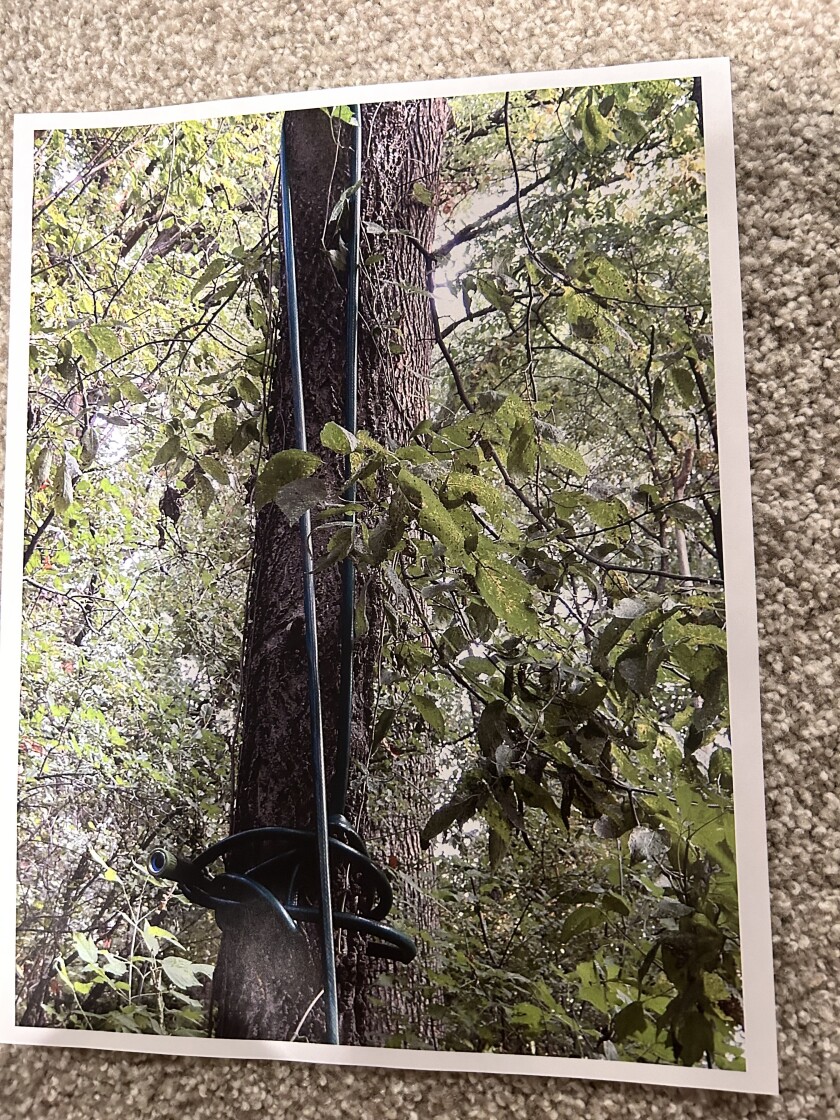
When the responding officer arrived, he reached inside Rodriguez’s pocket, where he found his wallet and identification. A responding officer, not identified in the police report, then cut the garden hose with a pocket knife, compromising the integrity of the knot. That was among the first series of errors.
“There's no reason at that point to remove anything,” Rastrelli said. “Don't look for an ID. Don't do anything. Leave the scene alone. Just secure it. That's the job of the first responding officer. Then, of course, once that's done, they can take a few photographs that show, ‘This is the way I found it and I left it alone.’”
The responding officer, Dustin Hissam, tried to contact Rodriguez’s mother after the body was discovered and sent to the Midwest Medical Examiner’s Office. Yet when he arrived at her home, she wasn’t there. Instead, Hissam discovered her children — Rodriguez’s siblings — present.
Family members told Hissam they were worried about Rodriguez because of “concerning things” he had said the day prior, yet no specifics were mentioned in the police report. No clarifying questions were asked — or documented — in the report as to the nature of their concerns.
Instead, Hissam handed Rodriguez’s family member the contact number for the medical examiner.
That’s when everything changed.
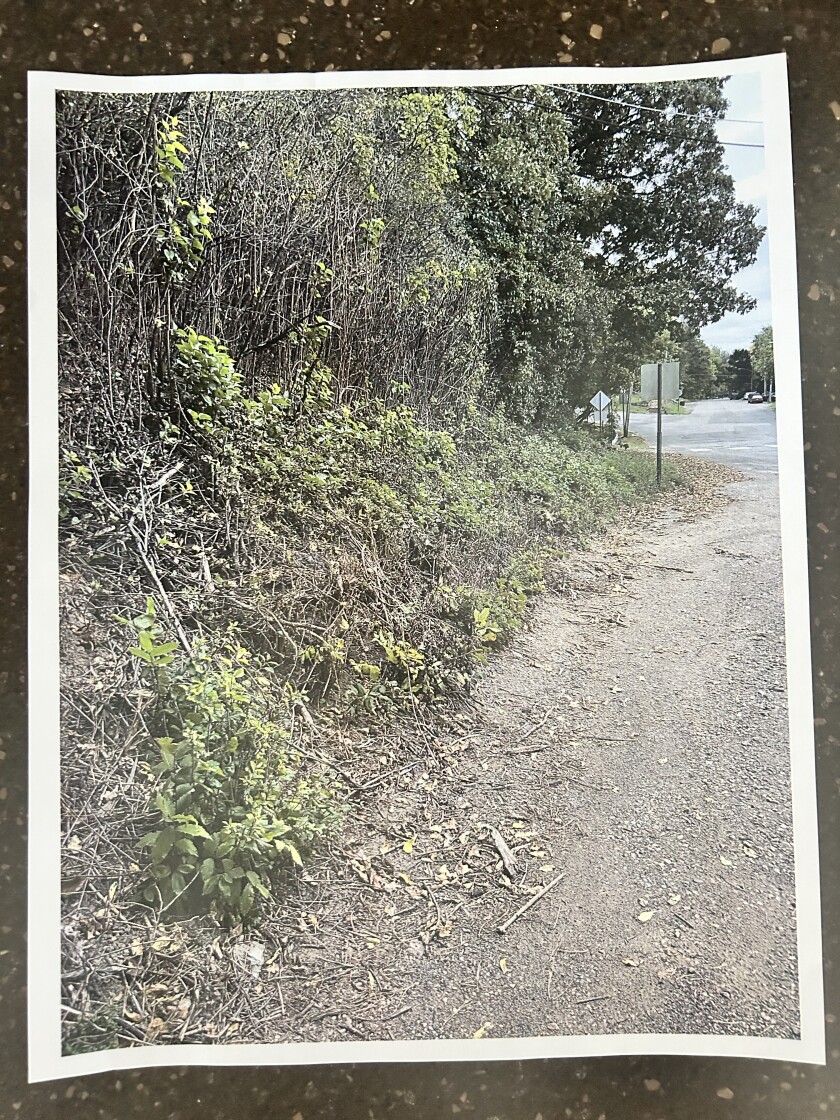
A family member called the medical examiner and explained that Rodriguez had feared for his life in the days before his death. He believed someone was going to kill him for his work as an alleged confidential informant. He didn’t just tell one person about his fears. He told — at least — four people, which was later documented in the police report.
ADVERTISEMENT
The medical examiner’s office then called the Montevideo Police Department, alerting officers of the family’s concerns and prompting the investigation into Rodriguez’s death.
The Montevideo Police Department called in its sole investigator, Carmen Beninga , to handle the case.
Beninga noted in the police report that foul play could be involved, yet no calls were made to an outside agency — like the BCA — to assist in the possible homicide investigation.
Beninga did not follow up on leads from four people she interviewed who stated Rodriguez was told he was going to be killed for his work as a confidential informant. Three people provided Beninga with the name of the individual who was intent on killing Rodriguez. More than one person provided the names of likely accomplices in the alleged hitjob.
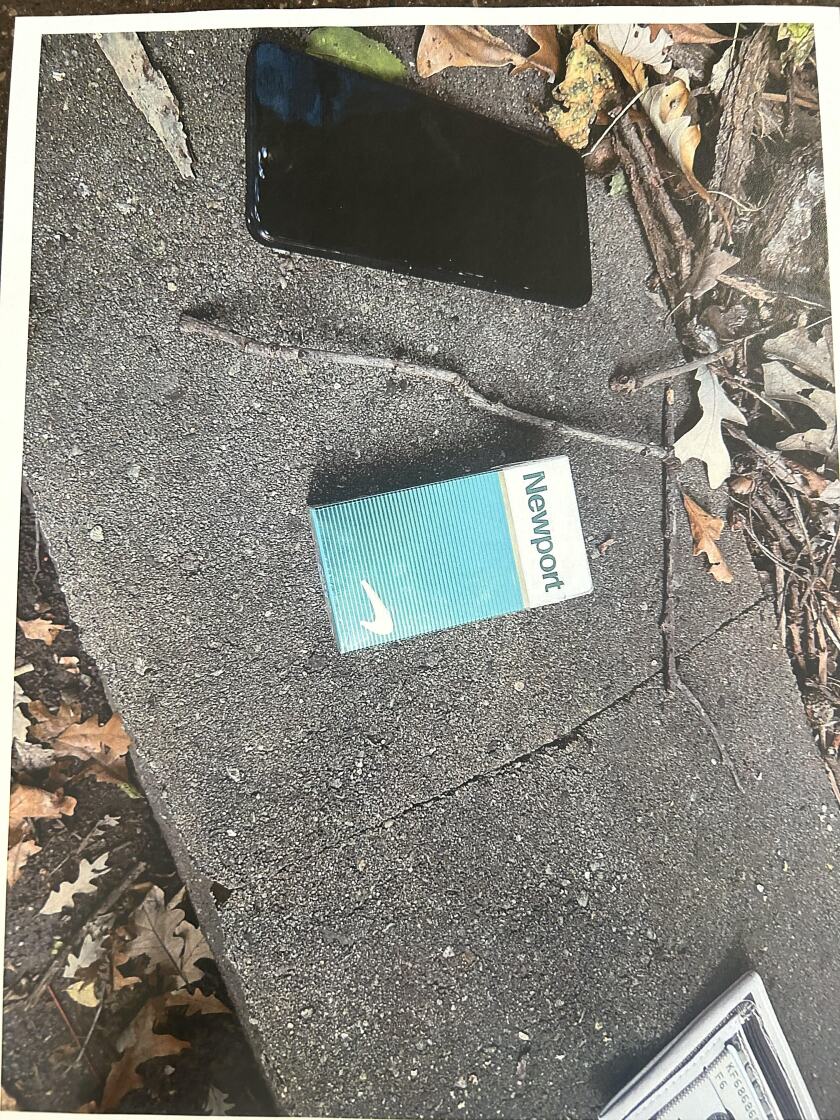
Beninga did not attempt to speak to the person identified as Rodriguez’s potential killer. Possible accomplices were not contacted, either.
Wasn't the medical examiner’s report enough?
The role of the medical examiner’s office is not to determine the cause of death on its own. Together, with the examination of the body and law enforcement’s investigation, a final determination is made.
This is especially critical in death investigations where it could either be a suicide or a homicide.
ADVERTISEMENT
“If the cop was too lazy to do the necessary work to prove it was a homicide or actually prove it was a suicide, a lot of cops will say, ‘I think it was a suicide’. The medical examiner goes, ‘Okay.’ Because it's not their job to go out and investigate, to interview people,” Rastrelli said. “This is where people get confused.”
Beninga was present at the time of the medical examiner’s report, though it is not known — or documented — what information she provided to the medical examiner.
The medical examiner’s report itself does not indicate any errors on behalf of the physician. Yet, the medical examination alone cannot determine a suicide.
“As far as how the person wound up hung by this tree, it's the job of the detective, not the medical examiner,” he said. “The worst case scenario would have been — or actually, it would have been a better case scenario — that the detective goes, ‘I'm not sure what happened.’ Then the medical examiner could have closed this case as undetermined, which means that the case is still open and that the cops have to do more work.”
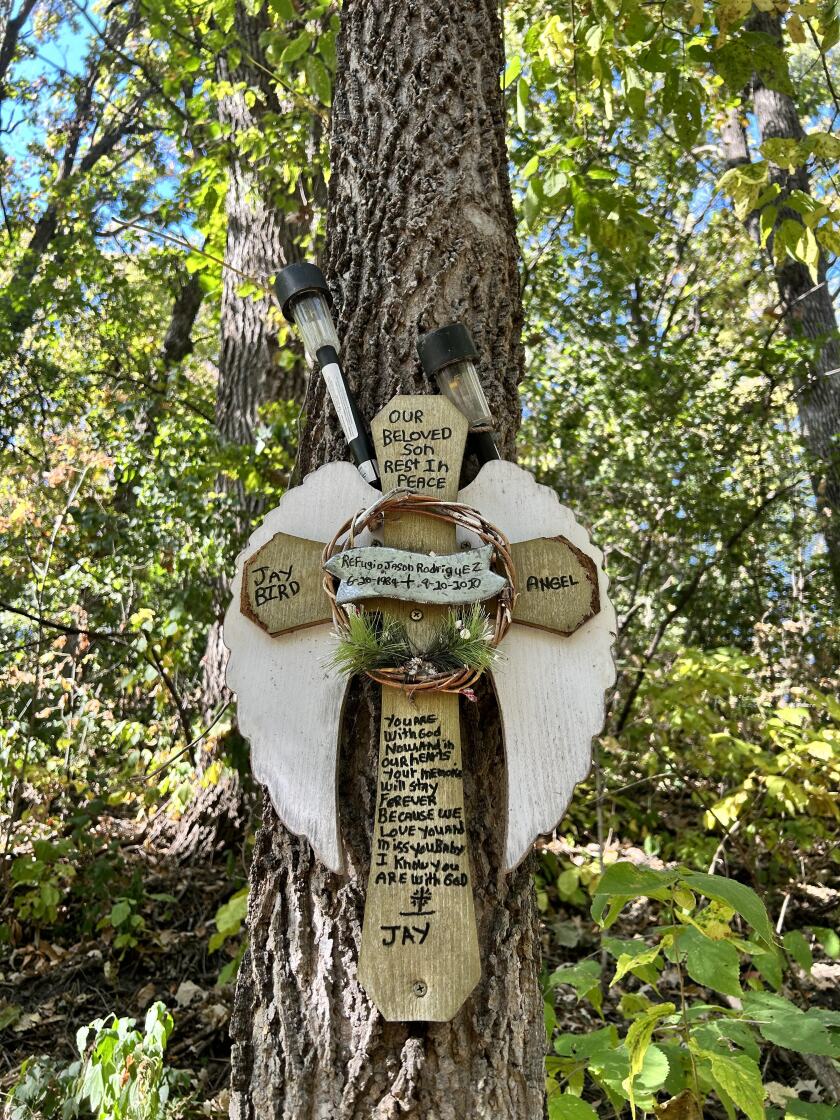
The medical examiner’s report noted there were no defensive wounds on the body. That, on its own, is still is not enough to determine a suicide.
“When you read that, you're led to believe that he didn't have to fight anybody off. Well, there's a lot of reasons why someone wouldn't fight somebody off that wanted to wrap a hose around their neck and strangle them,” Rastrelli said. “A gun to the head with maybe the additional threats to life or a loved one would basically cause a person to just freeze up.”
Without a thorough investigation, such scenarios are not able to be considered.
ADVERTISEMENT
The medical examiner’s report also included mention of a white material, consistent with paint, on the face, neck, forearms and hands. There was no mention of this in the police report.
“I would have sent scrapings to the lab,” Rastrelli said. “Determine what type of paint. Ask family and friends if they knew of him painting that day. If not, obviously it would be important to know how, when, where and why the paint was present.”
The medical examiner’s report notes that the blood vessels of the neck were intact, along with the hyoid bone and larynx. In addition, no petechial hemorrhages were noted.
“That one indication of no petechia doesn't mean he wasn't strangled, he was hung,” he said. “This isn't a hanging, either. The body was found not suspended off the ground at all. He was basically kneeling or sitting. Based on whatever report you want to read, they're on the ground.”
The medical examiner’s report contained information inconsistent with the police report. The police report states that the responding officer pulled Rodriguez’s wallet out of his pocket when he arrived on the scene. The medical examiner’s final summary states that his wallet, among other belongings, was found nearby.
The medical examiner closed the report by stating, “In consideration of the known circumstances surrounding his death and the examination of the body, the death is classified as suicide and ascribed to hanging.”
The question now is whether the known circumstances surrounding his death were fully investigated.
According to Forum News Service investigations and Rastrelli's assessment, they were not.
The death of Refugio Rodriguez has been the center of ongoing Forum News Service coverage. To read Part 1, go here. To read Part 2, go here. To read Part 3, go here.

